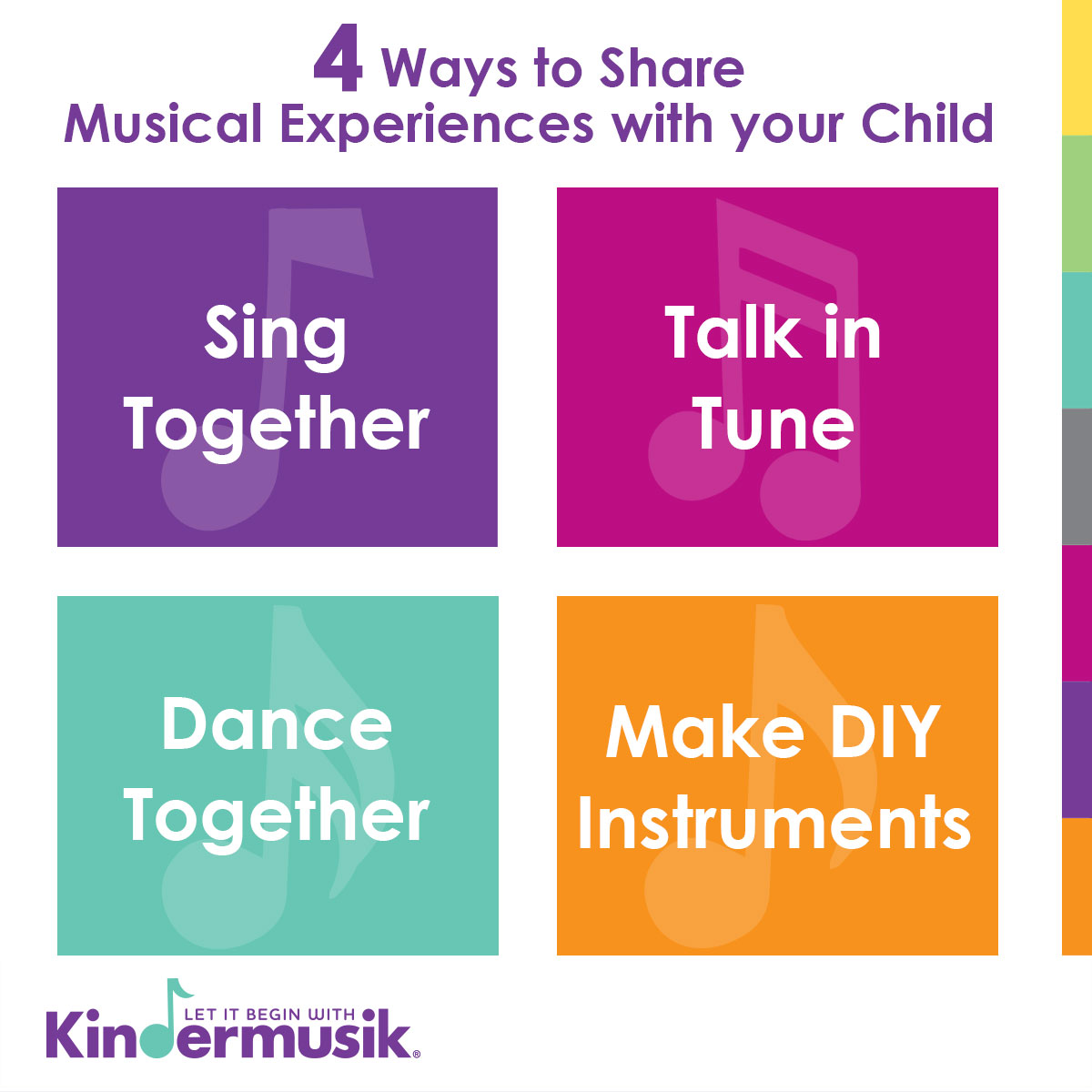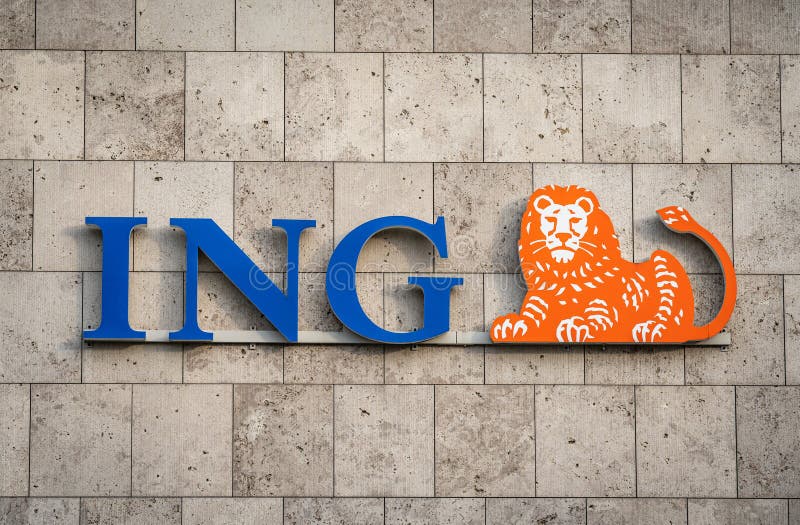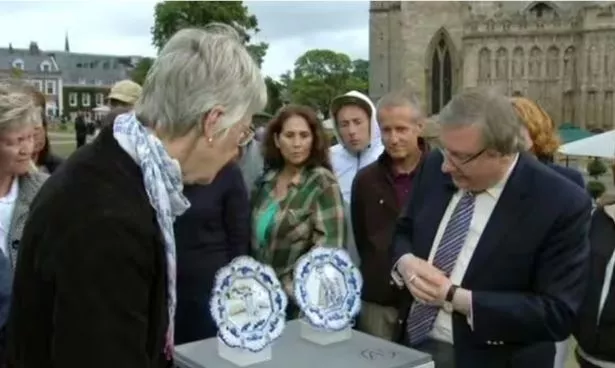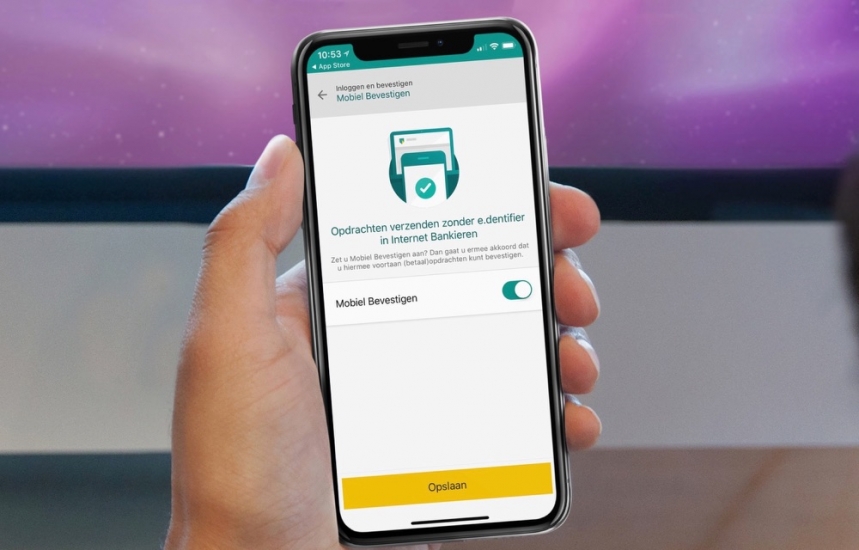Sound Perimeter And Social Cohesion: The Power Of Shared Musical Experiences

Table of Contents
The Defining Characteristics of a "Sound Perimeter"
Defining Shared Sonic Spaces
A "sound perimeter" isn't simply about the music itself; it's the shared experience of listening, participating, and reacting to it. This shared auditory landscape encompasses a wide range of scenarios: concerts, festivals, street performances, community choirs, even informal gatherings where music plays a central role. Key elements defining a successful sound perimeter include:
- Physical Proximity: The feeling of being together, sharing the same space, amplifies the musical experience.
- Shared Emotional Response: Experiencing the music collectively creates a sense of unity and shared emotion.
- Participatory Activities: Singing along, dancing, clapping – active participation strengthens the bond between individuals within the sound perimeter.
These shared sonic environments, these collective sonic experiences, create a sense of collective identity and belonging, fostering a strong musical community space. The shared experience transcends the music itself, becoming a powerful force for social connection.
The Role of Music in Creating Boundaries and Belonging
Music creates inclusive boundaries, defining "in-group" and "out-group" dynamics within a shared sonic space. The type of music played often dictates who feels included and who feels excluded. Consider these examples:
- Genre as Identity: Fans of heavy metal might find common ground at a metal concert, forming a strong in-group based on their shared musical identity. This creates a sense of group cohesion and belonging.
- Cultural Significance: Traditional folk music can create strong bonds within a community, reinforcing cultural identity and transmitting traditions across generations. This boundary-creation fosters a strong sense of belonging within the cultural group.
The music itself becomes a marker of identity, shaping the social dynamics and influencing who feels a sense of belonging within the sound perimeter. The creation of these musical identity groups, while sometimes creating exclusionary boundaries, also serves as a significant catalyst for strong in-group cohesion.
Social Cohesion and the Power of Shared Musical Experiences
Emotional Connection and Empathy
Shared musical experiences trigger potent emotional responses. The release of endorphins, the creation of shared memories, and the sense of collective joy or sorrow all contribute to forging strong emotional connections between individuals. This emotional resonance acts as a powerful glue, fostering empathy and understanding.
- Collective Emotion: Feeling a surge of joy at a concert or a wave of sadness at a poignant song simultaneously with others creates a powerful sense of shared experience, strengthening bonds.
- Memory Creation: Music is deeply tied to memory. Shared musical experiences create lasting memories that connect individuals and solidify their bonds.
This collective emotion, experienced within a shared sound perimeter, significantly impacts the ability to build empathy and deepen understanding between individuals.
Strengthening Community Bonds
Shared musical experiences are a catalyst for community building and social interaction. Community choirs, orchestras, and bands bring people together, fostering a sense of belonging and promoting positive social interaction.
- Intergenerational Connections: Music can bridge generational gaps, bringing together people of different ages and backgrounds within a shared sound perimeter.
- Civic Engagement: Musical events often serve as focal points for community gatherings, encouraging civic engagement and a sense of collective identity.
These community building activities, facilitated by the shared musical experience, significantly strengthen social bonds and create a more cohesive community.
The Impact of Technology on the Sound Perimeter
Online Musical Communities
The internet and social media have created virtual sound perimeters, connecting people across geographical boundaries through shared musical experiences.
- Online Music Communities: Platforms like YouTube, Spotify, and dedicated music forums allow individuals to connect with others who share their musical tastes, forming online musical communities.
- Live-Streaming Concerts: Virtual concerts allow people worldwide to participate in shared musical experiences, transcending geographical limitations.
- Collaborative Music Projects: Online tools facilitate collaborative music creation, bringing together musicians from diverse backgrounds to create and share music together.
These virtual communities, while different from physical ones, provide opportunities for connection and shared experiences that contribute to social cohesion in the digital realm.
Challenges and Opportunities
While digital sound perimeters offer immense potential, they also present challenges. The lack of physical interaction can limit the depth of connection, and echo chambers can reinforce existing biases. Bridging the gap between online and offline communities is crucial.
- Digital Divide: Addressing the digital divide is crucial to ensure equitable access to online musical communities.
- Online Inclusivity: Promoting online inclusivity and combating online harassment are essential to creating welcoming digital sound perimeters.
By actively promoting authentic connection and fostering inclusivity, we can harness the potential of technology to enhance and expand the reach of shared musical experiences.
Conclusion
Shared musical experiences are a powerful force for social cohesion. They create vibrant sound perimeters, both online and offline, fostering emotional connection and strengthening community bonds. By actively participating in shared musical experiences, we can build stronger, more cohesive communities. Join a choir, attend a local concert, or simply share your favorite music with friends. Build your own sound perimeter and experience the power of shared musical experiences to foster social cohesion in your life. Creating a strong sonic community, reaping the benefits of shared auditory experiences, and strengthening musical community bonds are all within your reach.

Featured Posts
-
 Form 20 F Ing Groups 2024 Financial Performance Reviewed
May 22, 2025
Form 20 F Ing Groups 2024 Financial Performance Reviewed
May 22, 2025 -
 Jaw Dropping Antiques Roadshow National Treasure Leads To Couples Arrest
May 22, 2025
Jaw Dropping Antiques Roadshow National Treasure Leads To Couples Arrest
May 22, 2025 -
 Understanding Core Weave Inc S Crwv Wednesday Stock Increase
May 22, 2025
Understanding Core Weave Inc S Crwv Wednesday Stock Increase
May 22, 2025 -
 Storing Abn Amro Online Betalingsproblemen Oplossen
May 22, 2025
Storing Abn Amro Online Betalingsproblemen Oplossen
May 22, 2025 -
 Rum Crime And Culture Examining Kartels Impact Stabroek News
May 22, 2025
Rum Crime And Culture Examining Kartels Impact Stabroek News
May 22, 2025
